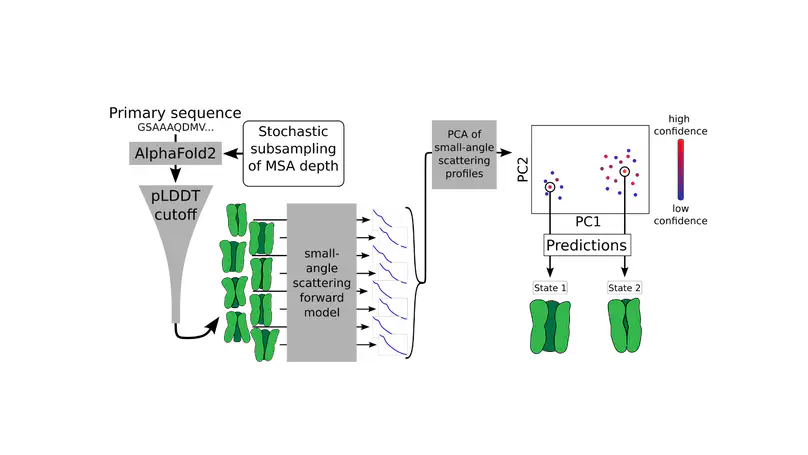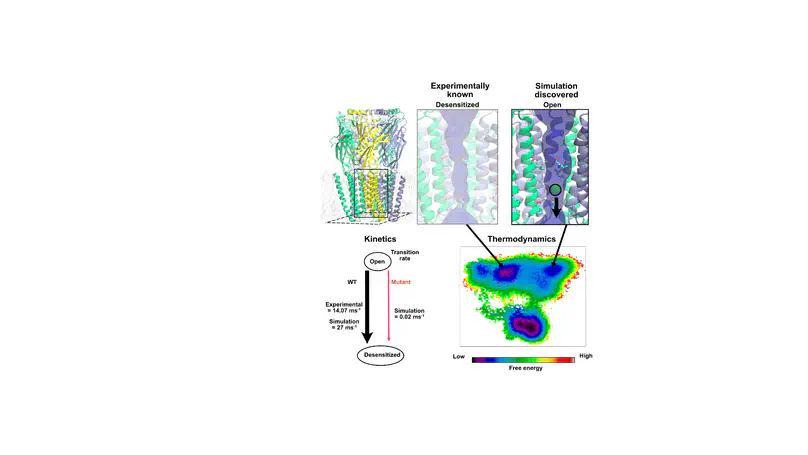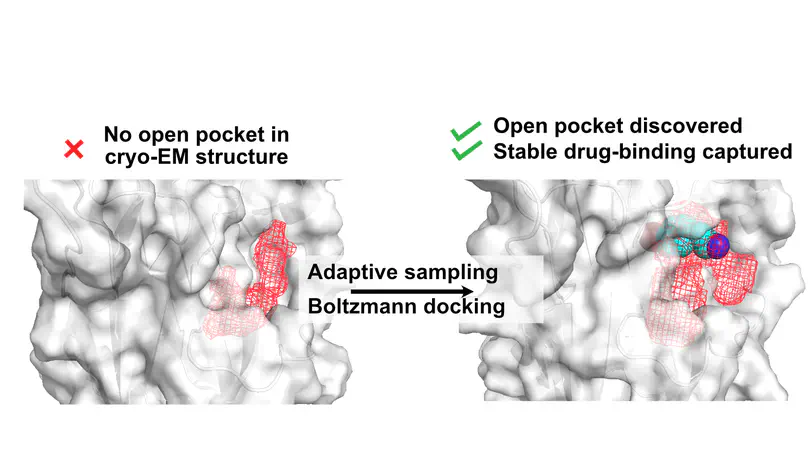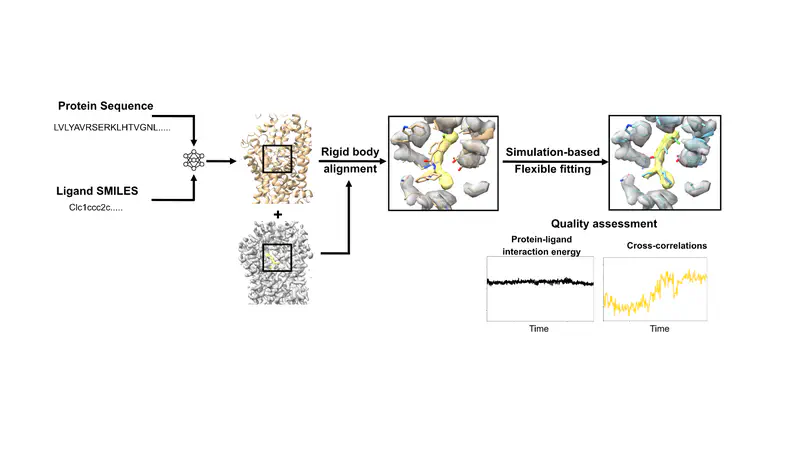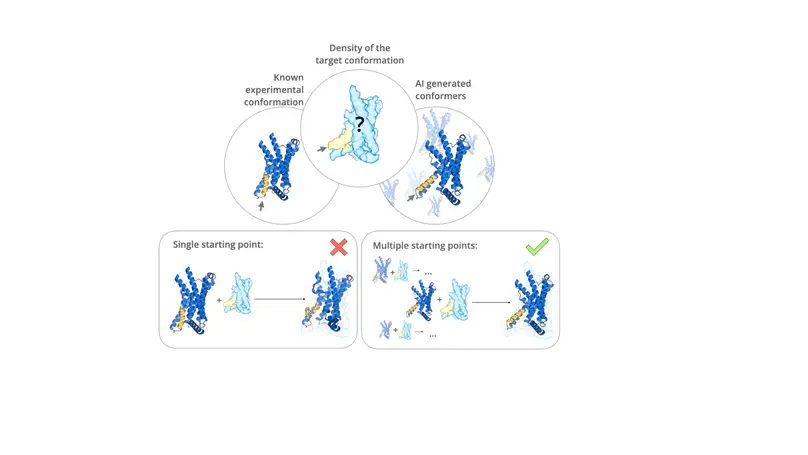Nandan Haloi
Marie Curie Postdoctoral Fellow
KTH Royal Institute of Technology
Biography
Dr. Haloi is driven by a fundamental question: how do biomolecules work at the atomic level to power life? Combining molecular simulations, machine learning, and experimental data like cryo-EM and small-angle scattering, he unravels the intricate motions of proteins and their interactions with drugs. He is currently a Marie Skłodowska-Curie Actions Postdoctoral Fellow at KTH Royal Institute of Technology. His work has been recognized with prestigious awards and featured in top journals, reflecting his commitment to advancing science and mentoring future researchers.
- Membrane Protein Dynamics.
- Drug-Protein Interactions.
- Molecular Simulations.
- Machine Learning.
- Integrative Modeling.
PhD in Biophysics and Quantitative Biology (PI- Emad Tajkhorshid), 2021
University of Illinois at Urbana-Champaign, Illinois, USA
BTech in Chemical Science and Technology, 2016
Indian Institute of Technology Guwahati, Assam, India


